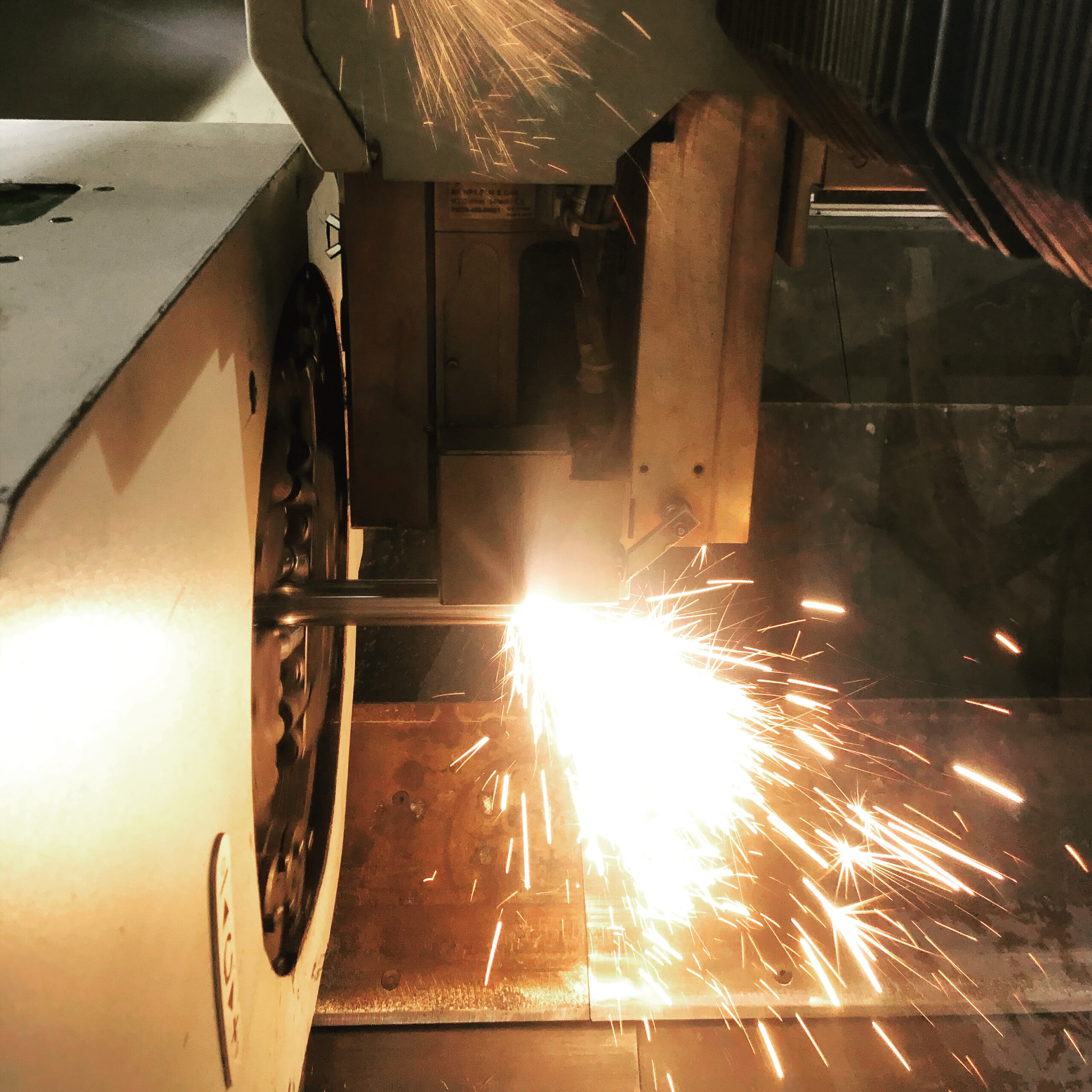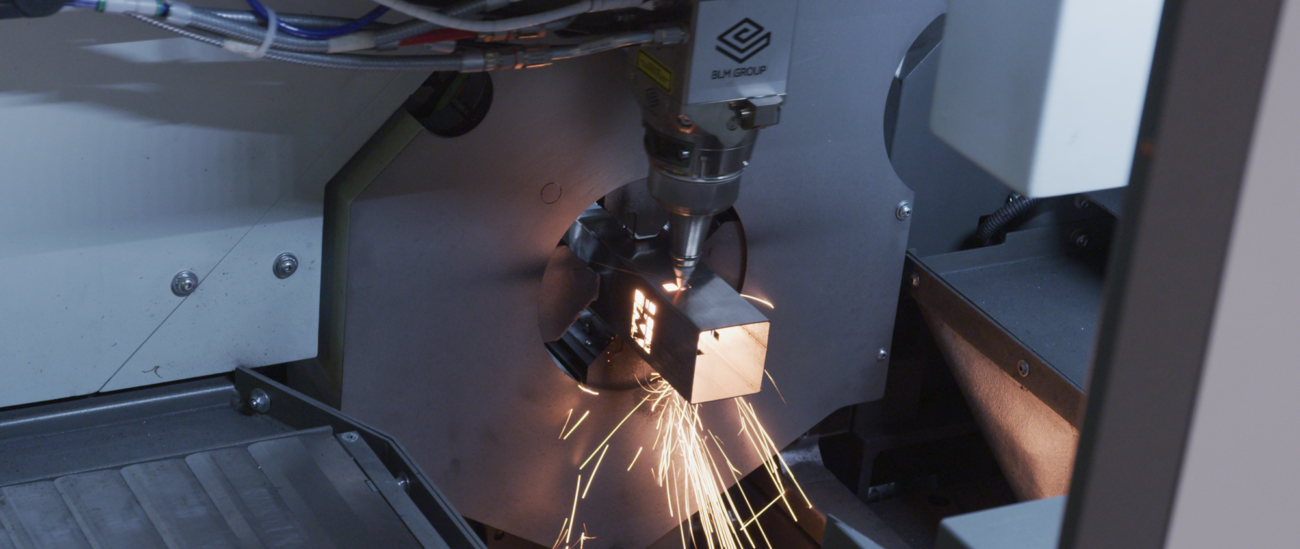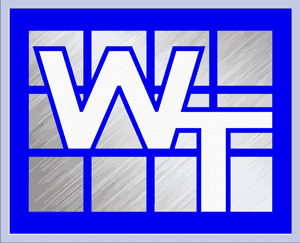
FAQ
Metal Assembly/Kitting is the process of seamlessly integrating various metal components to create a cohesive and efficient assembly. It’s crucial because it ensures that all parts fit together perfectly, guaranteeing the functionality and reliability of the final product.
At Wal-Tek Industries, our expertise lies in precision metal machining, which includes CNC milling and turning. We excel in ensuring that each component is meticulously crafted for precision and performance. Our team also specializes in assessing fit, form, and function to guarantee flawless assembly.
We work with a wide range of materials, including aluminum, plastic, steel, stainless steel, and brass. Our versatility ensures that we can cater to the specific material requirements of your project.
Partnering with us ensures efficient assembly, timely delivery, and comprehensive finishing options. We take pride in delivering precision-crafted components that meet and exceed your expectations. Plus, our AS9100 D & ISO9001 certifications reflect our commitment to quality.
Absolutely. We offer a range of finishing options to tailor the aesthetics and functionality of your metal components, including plating, polishing, sandblasting, laser engraving, scotchbriting, painting, and more.
Our services cater to a broad spectrum of industries, including mining, defense, aerospace, general commercial, firearms, and more. If you require precision and reliability in metal assembly, we’ve got you covered.
Yes, we do. Whether you need custom prototypes or large-scale production runs, our Metal Assembly/Kitting services are adaptable to the unique needs of your project.
To receive a quote or discuss your specific project requirements, please reach out to us via our Contact page on our website. We look forward to working with you and exceeding your expectations with our precision and expertise.
At Wal-Tek Industries, we don’t just offer a service; we offer a partnership dedicated to bringing your ideas to life with unparalleled precision. Our commitment to quality, efficiency, and customization sets us apart, ensuring your project’s success.
Absolutely. We invite you to take a virtual tour of our state-of-the-art facility located in Tempe, AZ. Witness firsthand the precision and dedication that go into every project we undertake.
The versatility and precision of laser tube-cutting machines have revolutionized the manufacturing industry, allowing for the fabrication of a wide range of materials with unparalleled accuracy. From traditional metals to modern composites, these machines are capable of handling a vast array of materials, making them an essential tool in various industries such as aerospace, automotive, and electronics.
Firstly, let’s discuss the types of metals that can be cut with a laser tube-cutting machine. Stainless steel, aluminum, brass, copper, and titanium are just some examples of metals that can be effortlessly cut with this technology. The powerful laser beam is able to slice through these materials smoothly without any deformation or damage to their properties. Additionally, laser tube cutting machines also have the capability to process different thicknesses and shapes with ease – from thin sheets to thick pipes or tubes.
But what about non-metallic materials? Well, fret not because laser tube cutting machines aren’t limited to only working on metallic substances. In fact, they are also highly efficient at processing plastic polymers such as acrylics and polycarbonates. These materials require precise cuts for intricate designs or delicate components found in medical devices or consumer electronics – something that traditional methods struggle with but lasers excel at.
And it doesn’t stop there! Laser tube cutting machines can even handle complex composite structures used in advanced applications like aircraft parts or high-performance sports equipment. Carbon fiber composites have become increasingly popular due to their lightweight yet durable nature but can be notoriously difficult to work with using conventional tools. With lasers though? Not a problem! The high-energy beam allows for clean cuts without causing any delamination or burrs on these delicate structures.
The kitting service process, also known as kit packaging or product bundling, is a logistics technique used to streamline and improve the efficiency of order fulfillment processes. It involves grouping related items into a single package or “kit” that can be easily picked and shipped together.
To better understand how the kitting process works, let’s break it down into key steps:
1. Planning and Preparation:
Before any physical work begins, careful planning is essential for the success of the kitting process. This includes identifying which products will be included in each kit, determining the required quantities of each item, and creating an accurate bill of materials (BOM). The BOM serves as a blueprint for assembling the kits and ensures that all necessary components are available.
2. Procurement:
Once the BOM is finalized, procurement follows next. This involves sourcing all required items from suppliers or from internal inventory if available. A critical aspect of procurement during the kitting process is quality control to ensure that all components meet specified standards.
3. Assembly:
During this stage, workers use pick lists generated from the BOM to gather all necessary items for each kit. Typically, kits are assembled in batches using standardized packing procedures to maintain consistency and minimize errors.
4. Labeling:
After assembly is complete, kits are labeled with barcodes or other identification methods specific to your organization’s operation system requirements. These labels track key details such as quantity per kit and expiration dates if applicable.
5. Type:
Here comes another important step – individual product labeling within each kit. Though it might seem like an insignificant detail compared to others mentioned above accurate labeling ensures maximum efficiency during shipping preparations by reducing picking mistakes at order fulfillment centers further downstream!
6. Quality Control & Packing Inspection:
Before shipping out completed kits finally moves them onto outbound logistics flow; they must undergo thorough inspection notices of potential issues with tracking codes collaboration evidence between different departments lets service level agreements remain compliant backorders chances of inventory turnover reaching peak efficiency.
7. Shipping:
Once all inspection and quality control checks have been completed, the kits are ready to be shipped out to their destination. Depending on the organization’s setup, this could mean sending them directly to customers or to a central distribution center for further processing and distribution.
Finding a reputable machine shop involves doing some research and asking the right questions. Start by searching online for machine shops in your local area. Look at their websites to get a sense of the services they offer, their experience, and their areas of expertise. Read reviews and testimonials from previous customers if available.
Reputation is a key factor when choosing a machine shop. You want a shop that’s known for its quality workmanship, reliability, and excellent customer service. Ask around in your professional network for recommendations. If you know people in similar industries who have used machine shops, their experiences can provide valuable insights.
Once you’ve narrowed down your options, contact them directly. Ask about their capabilities, equipment, and whether they’ve handled projects similar to yours. Also, don’t hesitate to ask about their quality control processes and certifications. A reputable machine shop should be more than willing to discuss these things with potential clients. Ultimately, choose a shop that you feel comfortable with and that aligns with your specific needs and project requirements.
CNC machining, or Computer Numerical Control machining, is a manufacturing process where pre-programmed computer software dictates the movement of factory tools and machinery. This process can be used to control a range of complex machinery, from grinders and lathes to mills and routers. By using CNC machining, three-dimensional cutting tasks can be accomplished in a single set of prompts.
The process begins with a CAD (Computer-Aided Design) model being created, which is then converted into a CNC program and set up on the machine. Once this setup is complete, the CNC machine is able to perform precise cuts in various materials, including metal, plastic, wood, and more.
CNC machining offers high precision and repeatability, along with the ability to produce complex shapes that would be almost impossible to achieve manually. It’s widely used across many industries, including automotive, aerospace, and electronics, for tasks such as drilling, milling, turning, and grinding.

